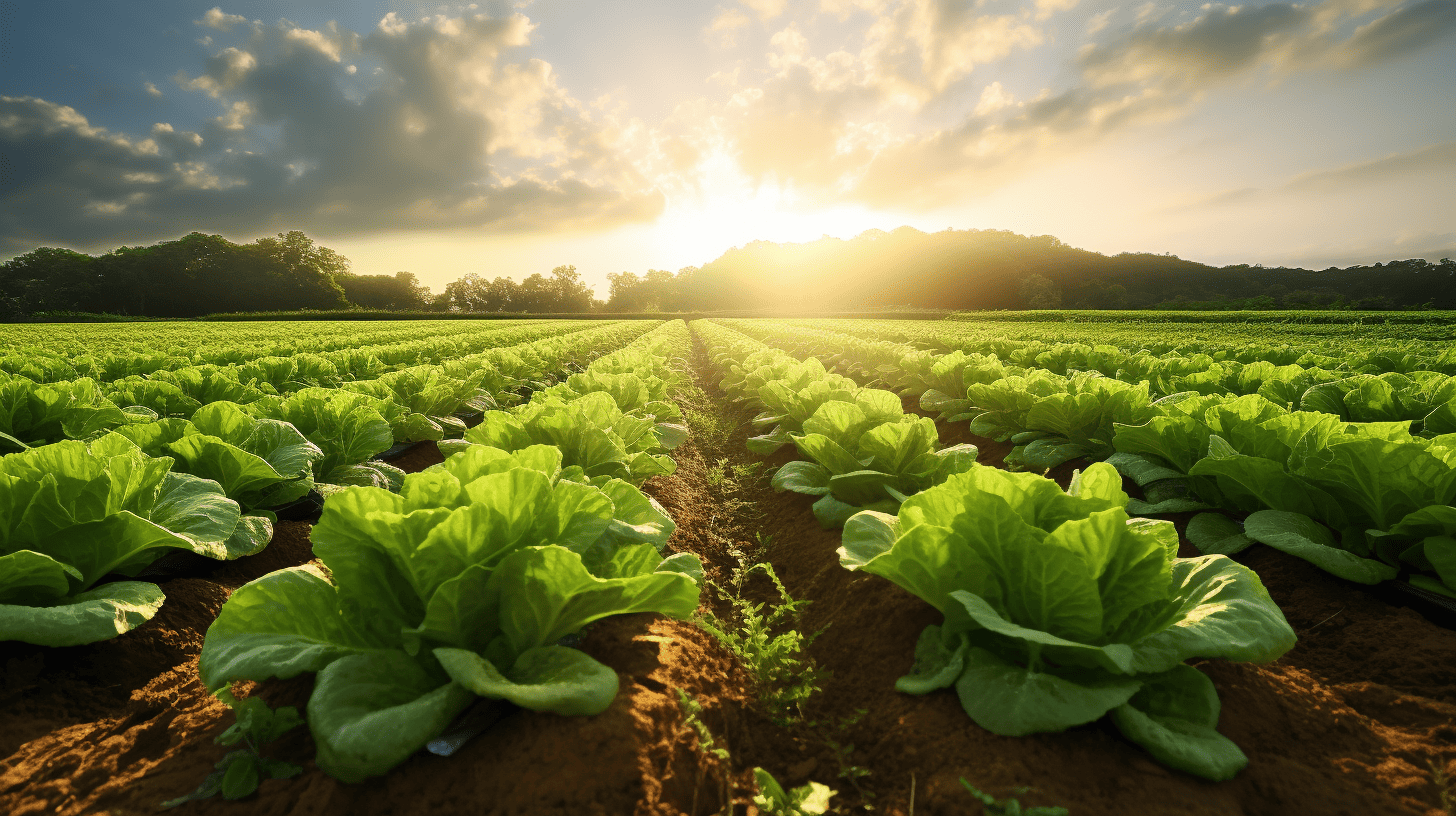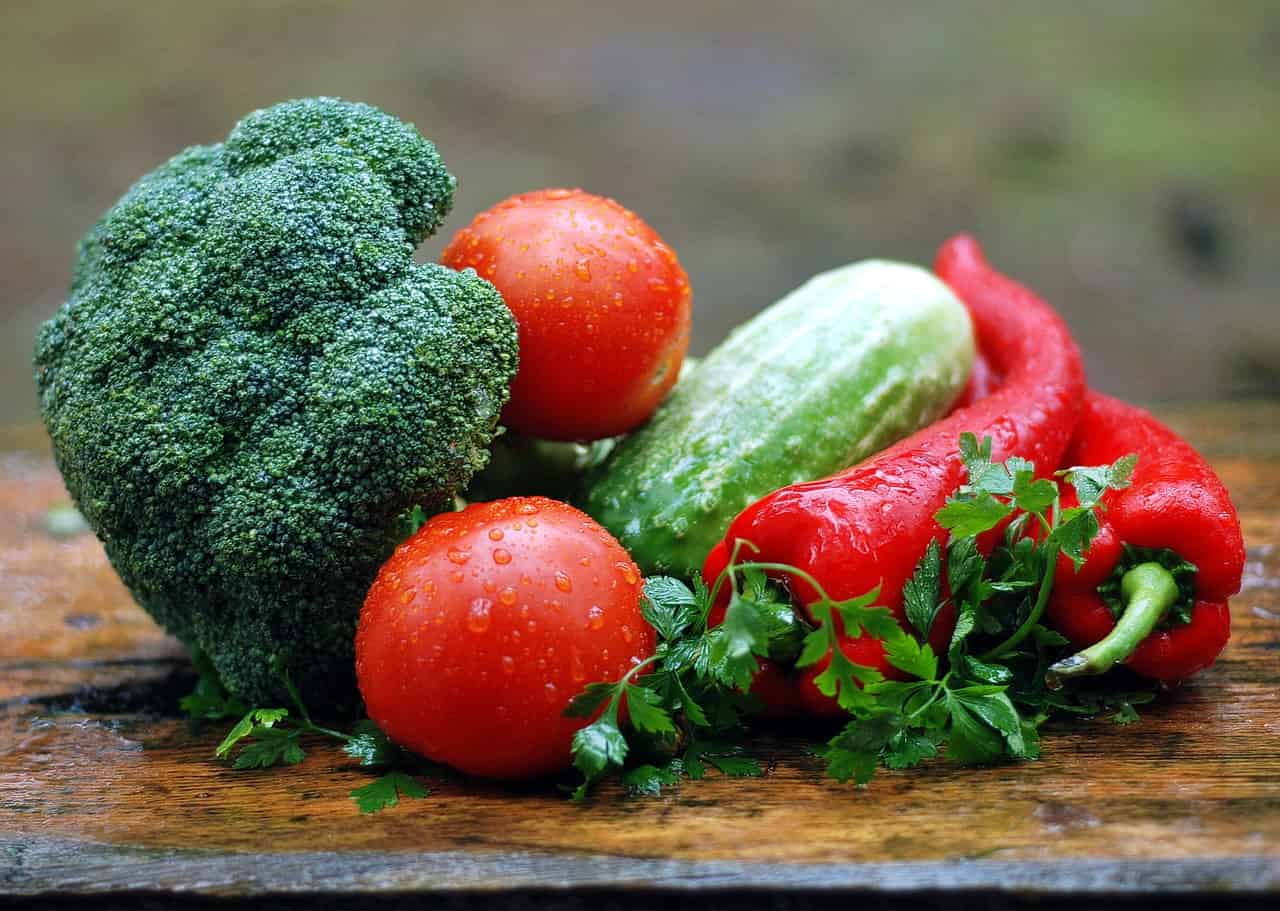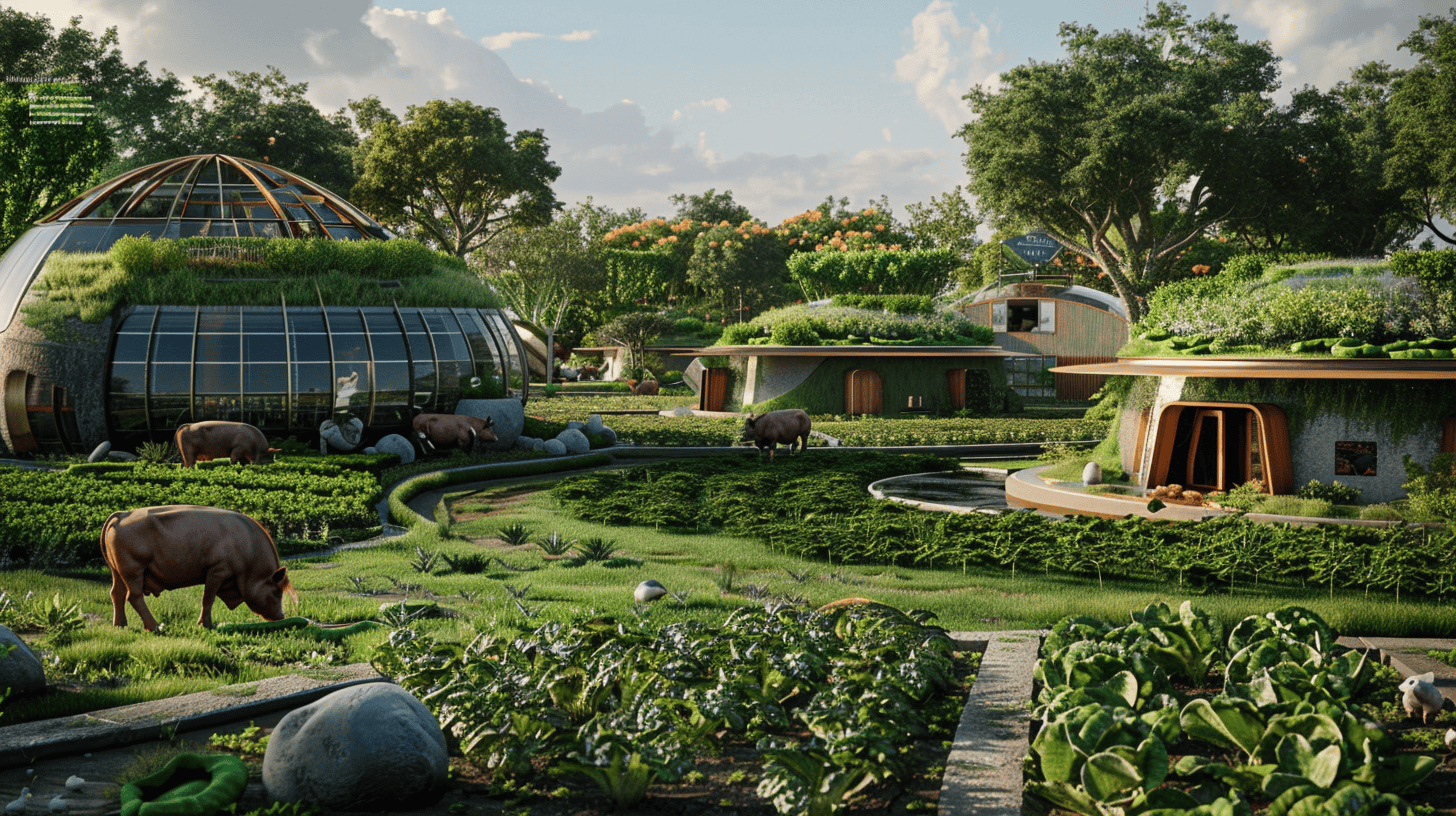
Wageningen Food & Biobased Research (WFBR) researchers are developing plastics that are biodegradable by ultraviolet light – UV light, part of the sun’s electromagnetic radiation. The researchers are producing these new plastics using agricultural sidestreams as part of the ULTRADREAM project, writes the university in a press release.
- Wageningen scientists are developing new plastics that are biodegradable by sunlight;
- The new materials could be used in packaging, agricultural mulching films, or decorative and paper coatings.
The WFBR approach is to test the possibilities of incorporating specific bio-derived monomers into polymers to increase their biodegradation by exposure to UV light. If successful, this approach will prevent the accumulation and persistence of these polymers at the end of their useful life. “Recent research findings at our organization have shown that some specific carbohydrate-derived building blocks are sensitive to degradation under UV irradiation. Incorporating such building blocks into the original polymer structure could increase the biodegradation capability of the obtained polymers upon exposure to sunlight/UV irradiation. These polymers could be used in packaging, agricultural mulching films, or decorative and paper coatings.” project leader Ghazal Tavakoli explains.
The scientist with a background in organic chemistry is excited about the possible implications of the research: “In ULTRADREAM, we establish technologies and protocols which ensure that these materials can be successfully degraded at their end-of-life. Our challenge is both to further develop our knowledge about the underlying mechanism of biodegradation and to improve the procedures and processes to obtain the optimal combination of UV-degradability while preserving desired properties. This could be a great step towards creating a sustainable circular economy.”

Circular feedstock
Both the photo labile monomers incorporated into the polymers and the original polymers come from agricultural side streams. Tavakoli: “We convert low-value non-food residues to high added value functional products. This way, we develop new bio-renewable, biodegradable materials with an improved circular potential.”
Practical implications
The project, executed together with partners Archer Daniels Midland, AkzoNobel and Oerlemans Plastics, works on plastics that have various uses. Most notable are coatings and mulch films used in agriculture. Working together with partners who develop these products has many benefits. Tavakoli: “What we develop in this project fits very well with their goals towards further developing circular products and enables them to broaden the application range of their renewable platforms. At the same time, collaborating with industrial partners in this project helps us to gain more knowledge in the field and expand our expertise.”
The focus on the practical implications of the research is also due to the make-up of the project team. Tavakoli: “Our team combines chemists and material and process engineers. That way, we can instantly confirm whether what we’ve developed in the lab works in practice. Making the outcomes a solution everyone can benefit from immediately.”







